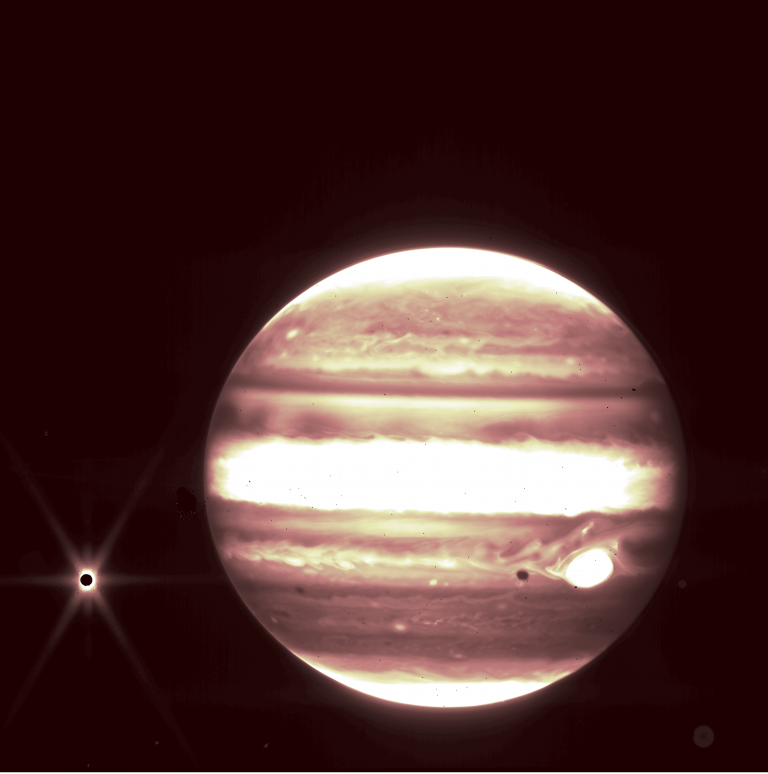This week has been incredibly exciting given NASA’s release of the first images captured by the James Webb Space Telescope (JWST).
For those who have yet to see the images, we recommend heading here and mentally preparing to change every wallpaper on every device you own.
Today, however, we want to highlight images the JWST captured that are closer to home – relatively speaking of course.
Using data captured during JWST’s commissioning period the Space Telescope Science Institute’s Mikulski Archive for Space Telescopes has released images of Jupiter. These images showcase that JWST isn’t only able to capture distant galaxies and systems in incredible detail, but our own solar system as well.
“Combined with the deep field images released the other day, these images of Jupiter demonstrate the full grasp of what Webb can observe, from the faintest, most distant observable galaxies to planets in our own cosmic backyard that you can see with the naked eye from your actual backyard,” says scientist at the Space Telescope Science Institute, Bryan Holler.

As can be seen in the image above, Jupiter’s bands, its Red Spot and Europa are all clearly visible (along with the trademark JWST spiking on light sources). The aspect of this that has scientists so excited is that it means the JWST can be used to hone in on brighter objects and garner information they may not have been previously able to gather.
Scientists are bowled over at how detailed the Jovian rings are say this opens up possibilities for observing other cosmic events in our solar system such as the plumes of material being ejected from Jupiter’s Europa and Saturn’s Enceladus moons.
As exciting as seeing distant galaxies in remarkable detail is, being able to explore our own solar system with the JWST has us giddy with excitement for the future. You can read and find more images about this release here.
As an aside, the header image is the Juno probe’s first glimpse of Jupiter.

